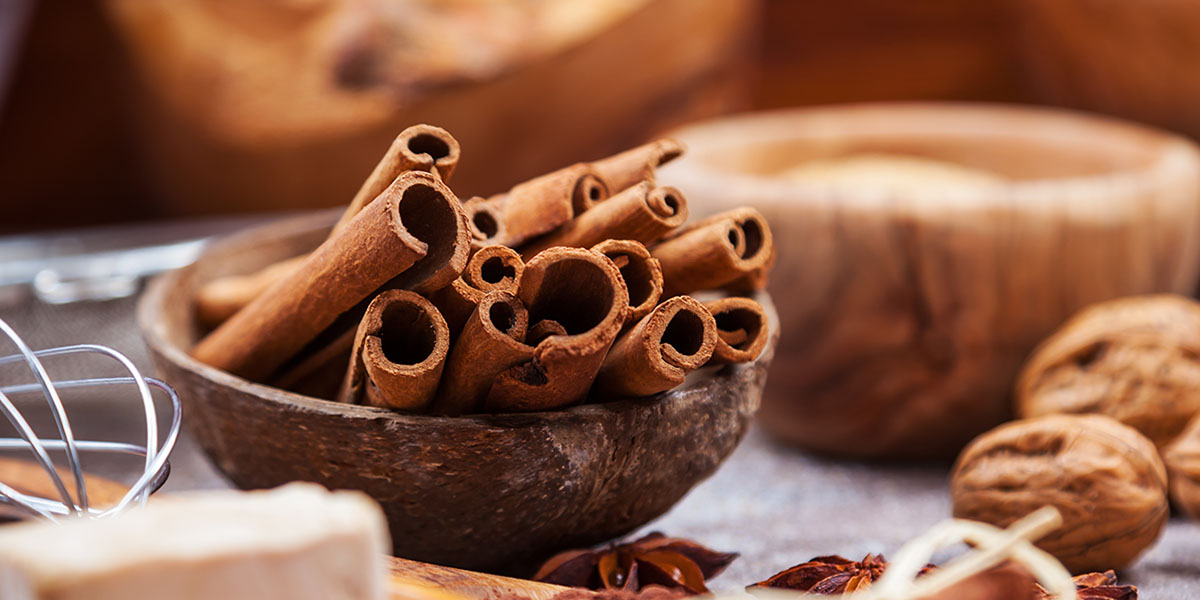
Spice rack or medicine cabinet?
Are salt and pepper the only spices in your kitchen?
If so, you are not alone. For many Americans, these are their “go to” spices. We know how and when to use them, and we know how much we like in our foods.
While other spices may seem a bit intimidating, avoiding them may cause us to miss out on valuable health benefits.
For centuries, spices were prized for their medicinal properties. Conditions treated using spices included epilepsy, digestive disorders, colds, coughs, sore throats, bronchitis and insomnia, just to name a few.
Today we credit spices for their contribution to the flavors and aromas of our favorite dishes, rather than for their medicinal properties. However, research is uncovering their promise as sources of disease-fighting antioxidants.
Thought to protect the body's cells from damage, already well-recognized antioxidants include beta-carotene, vitamin C, vitamin E and other compounds from plants. Evidence suggests that antioxidant compounds found in spices may help delay the aging process and aid in the prevention of certain cancers and heart disease.
Unfortunately, this research is in its infancy. To truly understand the potential impact of spices, we must learn more about the amount of antioxidants in each spice, the amount absorbed by our bodies and the amount required to have any desired effect.
With continued study, specific recommendations regarding spice intake may be coming. But, with our current knowledge, it is suggested that we look for ways to incorporate a variety of spices into our diets.
To get started, consider the following when cooking:
- Cinnamon – add this favorite to hot and cold cereals, yogurt, sweet potatoes, carrots and fruit dishes.
- Basil – this spice adds some sweetness to tomatoes, potatoes, zucchini, chicken, fish pork, dressings, sauces and marinades.
- Paprika – another favorite, use this colorful spice for squash, cauliflower, broccoli, potatoes, chicken, shellfish, rice, soups and salad dressings.
- Cumin – for a little smoky flavor, add to tomatoes, carrots, green beans, zucchini, rice, soups, sauces, marinades, and meat or fish.
- Garlic powder – add this spice and savor the flavor of your meats and vegetables as well as soups, sauces, marinades.
Along with the opportunity to expand our knowledge on the health benefits of spices, there is also a need to learn about any negative consequences of consuming “too much.”
With that in mind, avoid using any one spice in excess. Just mix and match a wide array of spices and enjoy the new flavors in your favorite dishes.
As the old saying goes … variety is the spice of life!











